
The Ghana cedi’s recent run is the longest stretch of relative calm it has seen in over three years.
However, an economist and professor at the University of Ghana, Professor William Baah-Boateng, has expressed concern over the sharp and rapid appreciation of the Ghanaian cedi – warning that the development, while seemingly positive, could have unintended consequences for key sectors of the economy.
He explains that while a stronger cedi can help lower the cost of imports, it also makes Ghanaian exports less competitive; potentially discouraging export activity and increasing reliance on imports.
The local currency has rallied sharply over the last two weeks after steep losses since the middle of 2022, offering some respite to government… which is still navigating heavy debt service obligations and tight fiscal conditions.
Official data show that the gross public debt in dollar terms declined by US$3billion year-on-year in nominal terms to US$49.4billion in 2024.
However, the cedi-denominated debt stock increased by GH¢116.7billion (a 19.1 percent increase year-on-year) to GH¢726.7billion by End-December 2024, reflecting the cedi-depreciation effect.
Since the start of 2025, the currency has appreciated by 10.5 percent – strengthening from GH¢14.71 to the dollar in December 2024 to GH¢13.31 by end of the first week in May 2025.
Some analysts attribute this unexpected rebound to a confluence of supportive conditions. Chief among them is a dramatic surge in gold prices which have risen from approximately US$2,000 per ounce in early 2024 to US$3,400 per ounce by May 2025, with Ghana benefitting as the sixth-largest gold producer in the world.
At an institutional level, the Bank of Ghana (BoG) and newly mandated Gold Board (GOLDBOD) have stepped up gold purchases, particularly from small-scale miners. BoG gold holdings expanded from just under nine tonnes in May 2023 to more than 31 tonnes by April 2025.
This accumulation has driven BoG’s gross international reserves up from US$6.2billion in February 2024 to US$9.4billion a year later, bolstering its capacity to supply foreign exchange into the market.
However, significant risks remain. While the cedi’s appreciation has helped moderate the foreign component of the debt stock – with latest official estimates at GH¢416.8billion (US$28.3billion) or 57.4 percent of the total – Ghana’s debt servicing profile is heavily front-loaded.
Between 2025 and 2028, government is expected to pay GH¢150.3billion in domestic debt service obligations alone, equivalent to 11.6 percent of GDP. Government’s external debt service burden is similarly concentrated.
It is scheduled to make US$8.7billion in payments between 2025 and 2028, with 55 percent falling due in 2027 and 2028. In response to these pressures, government has made strides in restructuring its debt.
The IMF has signalled its endorsement of these efforts, reaching a staff-level agreement with Ghana on the fourth review of its three-year programme.
A disbursement of US$370million is expected following board approval, which should further strengthen Ghana’s external balance.
The post Editorial: Optimism grows as cedi gains ground appeared first on The Business & Financial Times.
Read Full Story

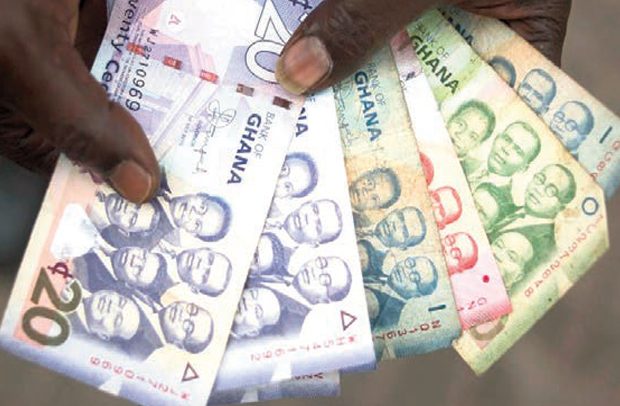
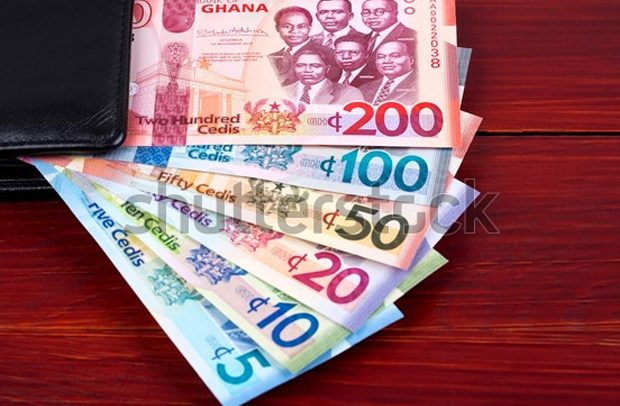
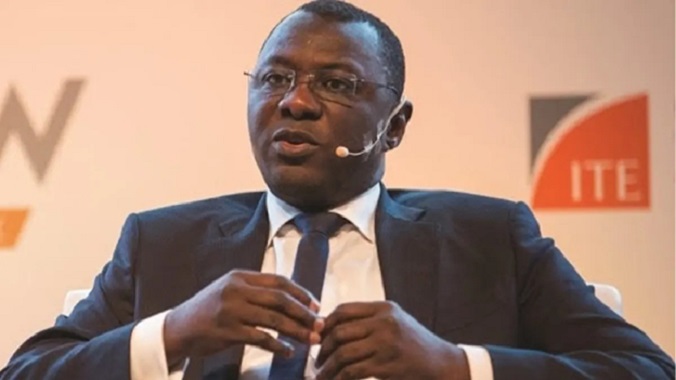



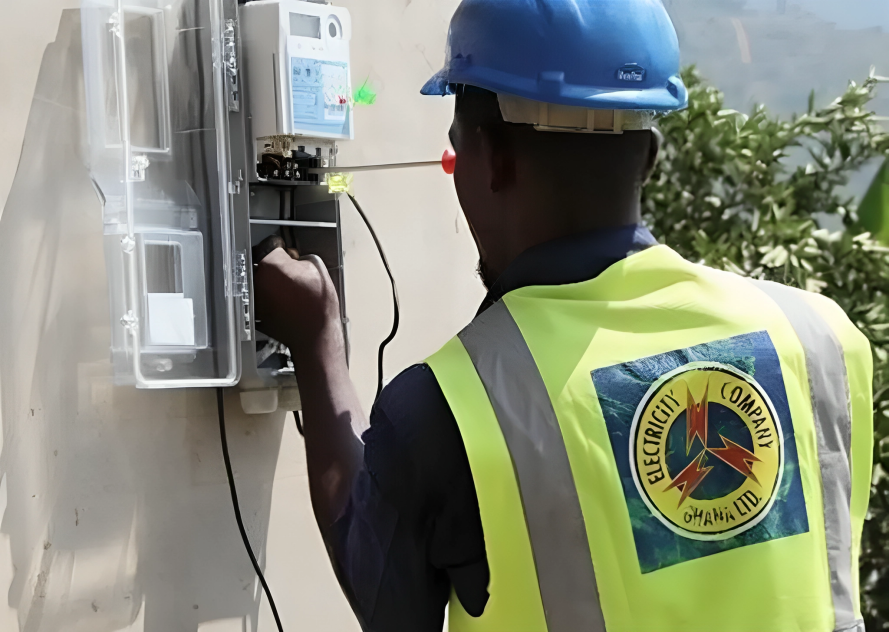

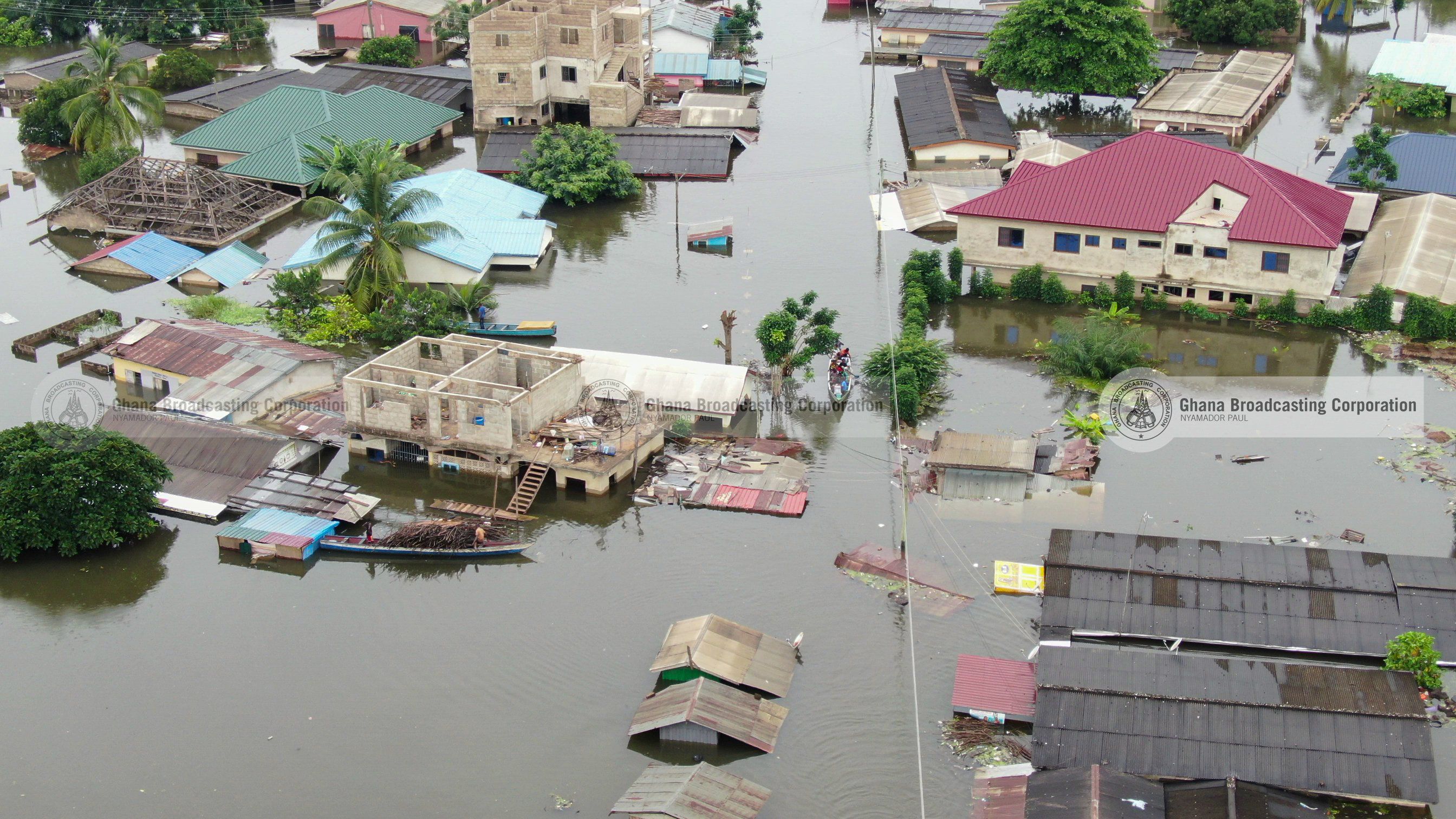

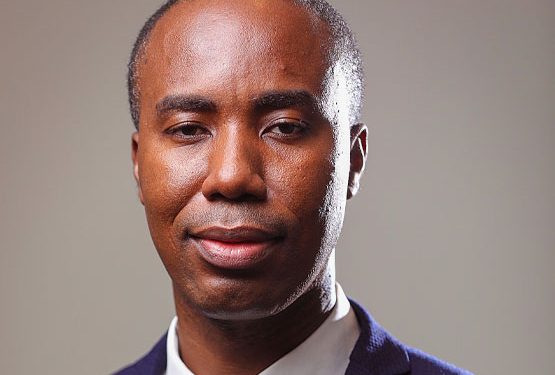
Facebook
Twitter
Pinterest
Instagram
Google+
YouTube
LinkedIn
RSS